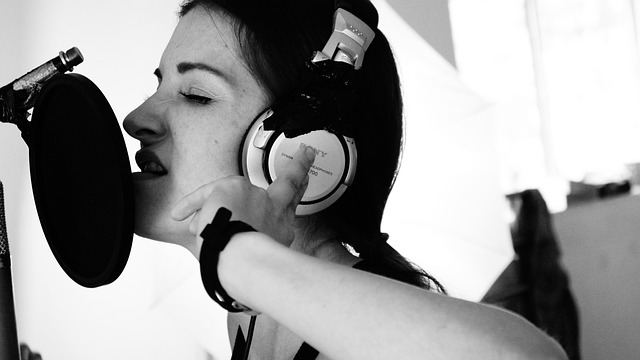Article Title:White-coat effect induced by therapist's presence during speech therapy - Study of post-stroke aphasic Japanese patients
Abstract:
Objective: To delineate the clinical characteristics of post-stroke aphasic patients exhibiting the white-coat effect when a therapist is present during therapy session, 18 Japanese inpatients were studied. Design: On the basis of blood pressure assessments during two speech therapy sessions, one directed by a speech therapist and the other self-directed, patients were divided into two groups: one including the seven who exhibited the white-coat effect and the other including the 11 patients who did not. The white-coat effect was diagnosed when a pressor response was greater during a therapist-directed session than during a self-directed session. The parametric Student's t test and nonparametric Fisher's exact test were applied to clinical, laboratory, and language parameters for these two groups. Results: The groups did not differ significantly in terms of clinical or laboratory parameters. Compared with the noneffect group, the white-coat-effect group more frequently had quotients of greater than or equal to40.0 for aphasia, comprehension, and expression on the Western Aphasia Battery. The type of aphasia did not influence the prevalence of the white-coat effect. Conclusions: The white-coat effect induced by the speech therapist's presence is more common among patients with mild aphasia, without regard to the type of aphasia. Blood pressure monitoring during speech therapy should help therapists treat patients safely.
Keywords: white-coat effect; aphasia; stroke; speech therapy; Western Aphasia Battery; aphasia quotient; comprehension quotient; expression quotient
DOI: 10.1097/00002060-200212000-00007
Source:AMERICAN JOURNAL OF PHYSICAL MEDICINE & REHABILITATION
Welcome to correct the error, please contact email: humanisticspider@gmail.com



